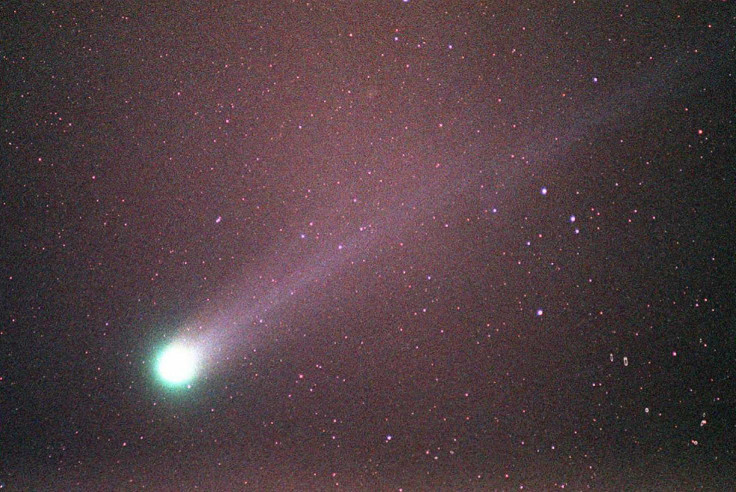Interstellar Comet Might Be Breaking Apart As It Leaves The Solar System

KEY POINTS
- Comet 2I/Borisov is preparing to leave the Solar System
- Scientists detected outburst from the comet's surface
- The interstellar comet might be breaking apart
The interstellar comet that entered Earth’s neighborhood last year might be breaking apart as it leaves the Solar System. According to scientists, they have detected outbursts from the comet as it approaches the Sun.
The comet, dubbed as 2I/Borisov, made its debut in August last year after it was discovered by amateur astronomer Gennady Borisov. After further observations on the comet’s trajectory, it was officially declared by international astronomical organizations as an interstellar object.
2I/Borisov reached its closest distance from Earth in December last year. During that time, the comet passed by the planet from a distance of 190 million miles away. Since then, the interstellar comet has been consistently moving towards the Sun.
Experts predicted that the object could exit the Solar System by mid-2020 after passing Jupiter from 500 miles away.
As the comet prepares to exit Earth’s neighborhood, scientists detected unusual phenomena on its surface. According to the scientists, the brightness of the comet has increased several times this month. This indicates that outbursts may be occurring on the surface of the comet.
As the brightness of the comet changed, the scientists detected two outbursts from its surface.
“We report the detection of two consecutive outbursts of interstellar comet 2I/Borisov in I-band images taken with the Optical Gravitational Lensing Experiment (OGLE) 1.3-m telescope in Las Campanas,” the scientists stated in a report.
“The total brightness increase is thus about 0.7 [magnitude] in 5 days between UT 2020 March 4.3 and 9.3,” they continued. “This behavior is strongly indicative of an ongoing nucleus fragmentation.”
As the term nucleus fragmentation suggests, it seems 2I/Borisov is starting to break apart. For scientists, this is a natural phenomenon caused by the comet’s trajectory and composition.
As an interstellar comet, 2I/Borisov is made up of frozen cosmic debris. As it approaches the Sun, the heat from the massive star interacts with the comet, causing outbursts of plume and steam to occur on its surface.
It is not yet clear if the asteroid will be able to continue its journey out of the Solar System in one piece or of it will completely break apart as it approaches the Sun.
© Copyright IBTimes 2024. All rights reserved.





















